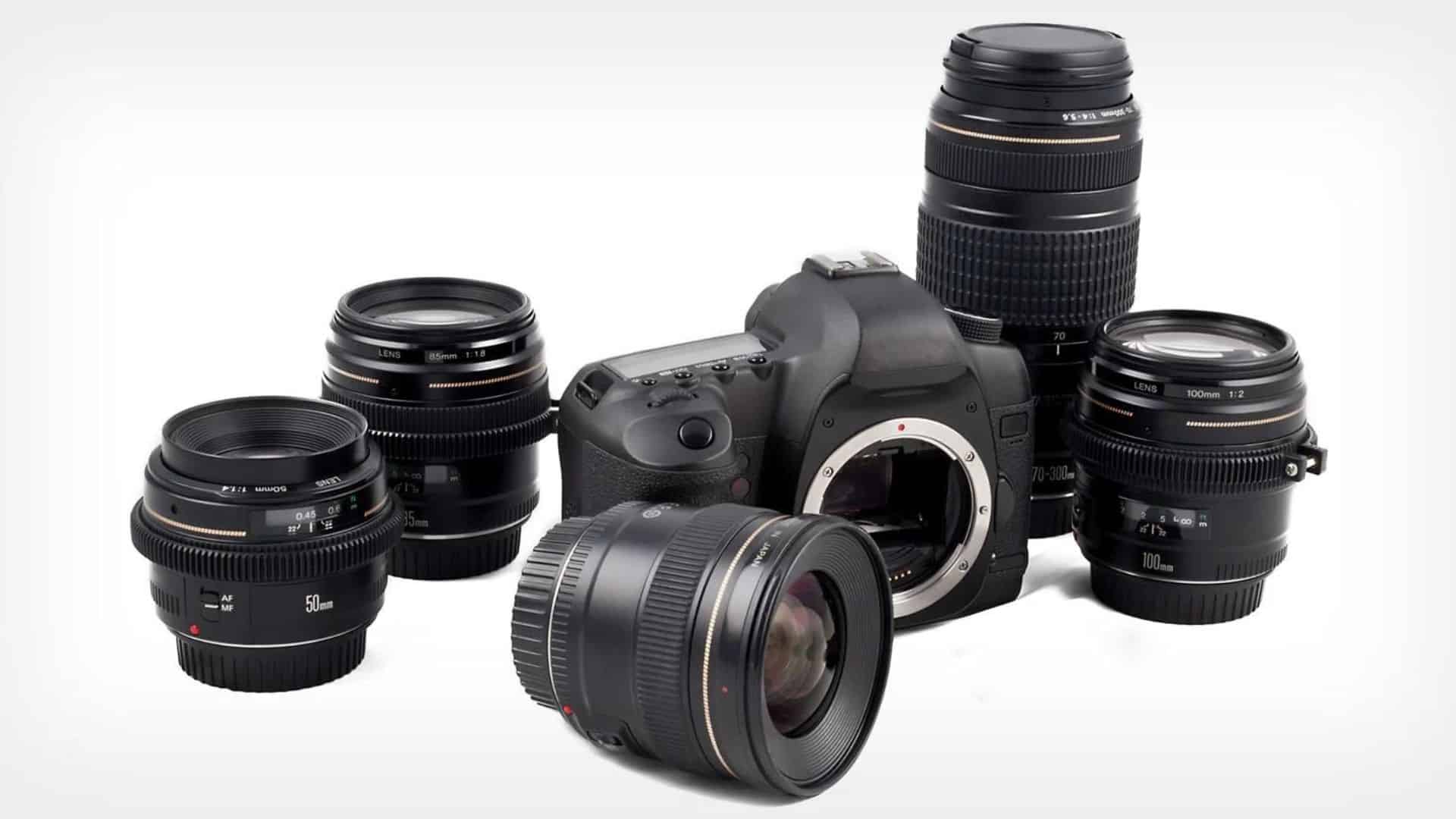Photography, an art form that beautifully captures moments, emotions, and stories, relies heavily on understanding the intricate details of camera lenses. One of the most important yet often overlooked considerations when choosing a camera system is the lens mount. This critical interface connects lenses to camera bodies and determines what optics can physically attach natively without an adapter. In this detailed guide, we’ll explore the most popular lens mounts and compatibility used today, their key differences, and how to navigate mounting choices for maximum compatibility over time. Whether you’re a beginner or a seasoned pro, buckle up as we explore the fascinating world of lenses.
The Major Lens Mounts
1. Canon EF Mount
Launched in 1987, the Canon EF mount is the longest-running autofocus SLR lens mount still in production. It supports both full-frame and APS-C Canon DSLRs and mirrorless models like the EOS R. With over 70 million cameras sold using the mount, it has an immense third-party lens ecosystem including top options from Sigma, Tamron and Tokina.
2. Nikon F Mount
Introduced in 1959, the Nikon F mount is the longest-running SLR lens mount ever. It is found on DSLRs like the D5 as well as Nikon 1 mirrorless models via adapter. Nearly all F-mount NIKKOR lenses dating back decades will mount directly to modern FX and DX-format Nikon bodies. However, the growing Z mirrorless system uses a new mount.
3. Sony E Mount
Introduced in 2010 alongside the first Sony NEX cameras, the Sony E mount is the native fitting for Sony’s APS-C and full-frame Alpha mirrorless models. With over 50 native lenses produced, third parties also support E mount extensively. However, the mount’s short flange distance enables very effective full-frame lens adapters.
4. Micro Four Thirds (MFT)
Jointly developed by Olympus and Panasonic in 2008, the MFT system uses a small mount designed for compact cameras and lenses. It powers APS-C sensor cameras from both brands including the OM-D and Lumix G lines. Great for travel due to small system sizes but limited lens selection compared to FF mounts.
5. Nikon Z Mount
Launched in 2018, the Nikon Z mount has a much larger diameter than the F-mount, enabling larger and faster native lenses for high-resolution mirrorless cameras like the Z7. Adapters let F-mount lenses attach but autofocus may be degraded. As the system expands, it aims to replace aging F-mount DSLRs.
Lens Mount Diameters and Flange Distances
At the core of these lens mounts are physical measurements that impact lens design and maximum optical performance. Diameter refers to the width circumference that attaches to the camera. Flange distance is the critical spacing between the rear lens element and the sensor plane.
Larger diameters allow the construction of larger aperture pro lenses while shorter flange distances enable compact cameras and effective lens adapters between systems. For instance, Sony E-mount’s short 18mm flange enables excellent third-party lens compatibility via adapters from Canon EF and Nikon F mounts.
However, mounts with excessively long flange distances like Pentax K-mount make lens swapping between systems impractical without large, optically complex adapters that greatly compromise autofocus performance.
Below are some key lens mount measurements filmmakers should understand:
- Canon EF: 54mm diameter, 44mm flange distance
- Nikon F: 44mm diameter, 46.5mm flange
- Sony E: 46mm diameter, 18mm flange
- Nikon Z: 55mm diameter, 16mm flange
- Micro Four Thirds: 37.7mm diameter, 19.25mm flange
Choosing a Lens Mount System
When selecting your initial camera system, consider not just current lens options but a mount’s longevity, third-party support, and upgrade/migration paths. The top mounts we reviewed here will all serve you well, but here are some thoughts on each:
- Canon EF and Nikon F mounts are true standards with massive lens ecosystems, ensuring compatibility for decades to come.
- Sony E mount is an excellent growing system well-supported by third parties due to its short flange. It enables very effective lens adapters.
- MFT excels for travel-friendly size but has fewer pro lenses. For video and hybrid work it meets most needs, though tracking fast action can lag larger sensor mounts.
- Nikon Z mount is new but designed from the start for high-resolution mirrorless capabilities. Adapting F-mount glass maintains optical qualities well.
- Check long-term lens and body upgrade plans if considering mirrorless mounts with uncertain futures like Fuji X or new mounts like L-Mount from Leica.
Overall, don’t obsess over a single perfect system. Rather, embrace the mounting flexibility increasingly offered by quality lens mount adapters between major systems. This keeps options open as technology and budgets evolve over time.
Lens Mount Adapters – Maximizing Compatibility
While native lenses leverage all a mount’s inherent strengths, quality lens mount adapters give cinematographers access to immense cross-system lens catalogs. Here are some key points on lens mount adapters:
- Metered manual-focus adapters let old manual lenses attach to modern cameras for creative options.
- Autofocus-enabled adapters use electrical contacts and custom optics to maintain autofocus capabilities between systems like Canon EF to Sony E mount.
- Larger, more complex optics-based adapters like Fotodiox’s Canon EF to Sony E model maintain nearly 100% of lens performance including autofocus on select cameras.
- Simple, affordable passive adapters like Nikon F to Sony E mount allow autofocus-only lenses to work as manual focus alternatives.
- Be aware focusing may slow down or mechanical apertures won’t work when adapting between certain mount configurations.
- Adapters also enable “future-proofing” investments by extending lens life even if you upgrade bodies later.
Conclusion:
As we wrap up this comprehensive guide on lens mounts and compatibility, you’re now armed with the knowledge needed to navigate the intricate world of camera gear. From understanding the evolution of lens mounts to overcoming compatibility challenges, this guide empowers you to make informed decisions, ensuring your equipment works seamlessly together. As you embark on your photographic journey, may your lenses always be compatible, and your shots always be in focus.

